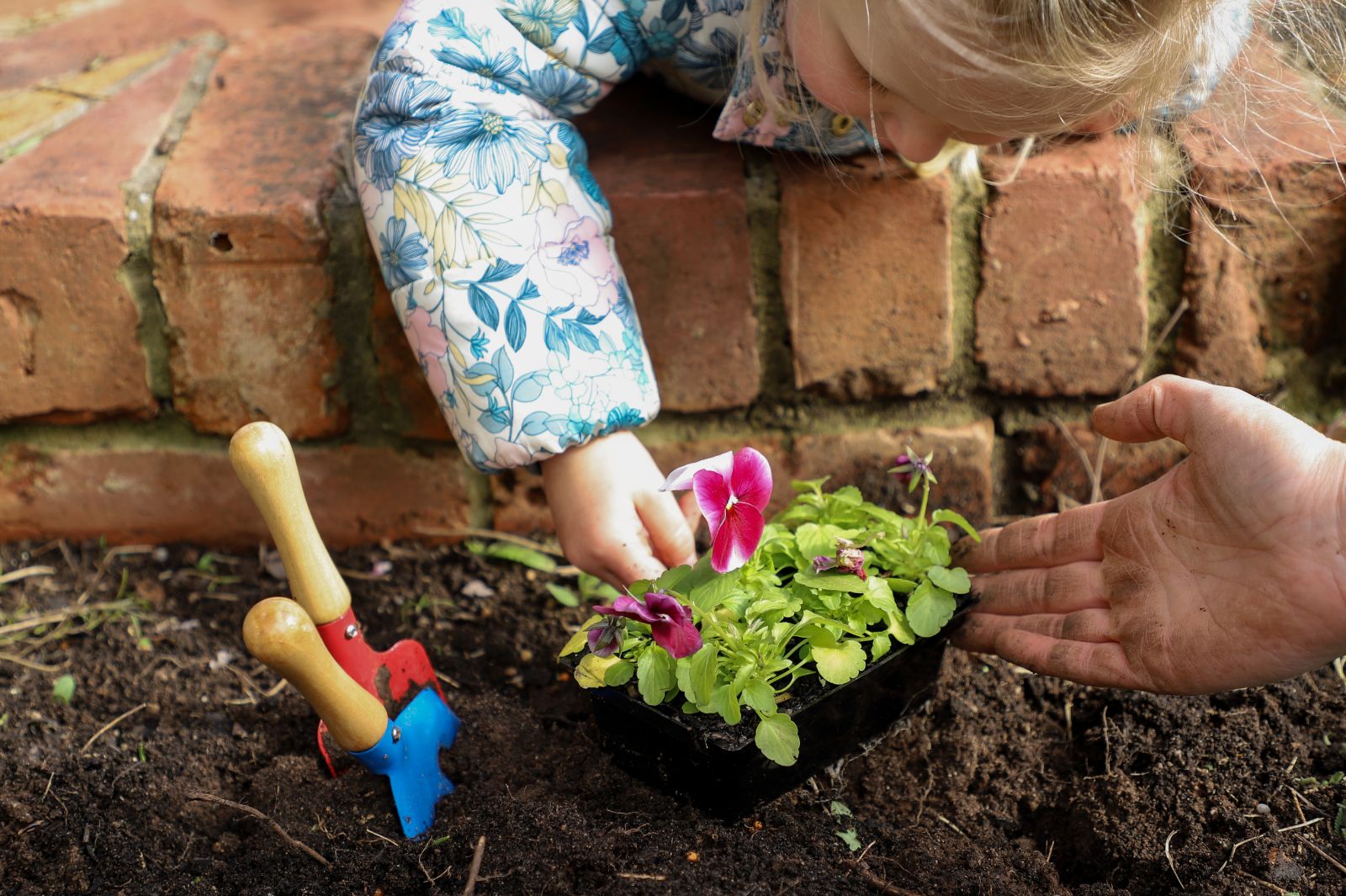A Guide to Planting a Bee Friendly Garden
Support bees, the environment and food biodiversity by planning and planting a bee and pollinator friendly garden! Bees and other insects pollinate crops for our food and farms. Here are our top tips for planting a bee friendly garden and what you can to do encourage pollinators into your space.


Companion Planting
Flowers offer nectar to attract and reward bees who visit. In exchange, bees move pollen from one flower to another, which pollinates them so they grow into fruits, nuts, pods or berries. Bees will access nectar and pollen from a range of different flowers, depending on what they need in the hive, and what’s available in the local area.
What you can do!
Choose flowering plants that are rich in pollen and companion plant them amongst crops that are pollination dependent like blueberries, pumpkins and cucumbers.


Bee Friendly Blooms
Bees are naturally attracted to yellow, purple and blue flowers. Red flowers are less attractive as they look black to a bee. When you grow a rainbow of coloured blooms, choose plenty of flowers that are shades blue, yellow, and purple.
Just like you and me, bees need to have something to eat every day. Flowers provide pollen and nectar for bees to eat, to store food in their hive, and to make food for baby bees. It’s important to grow a range of plants that flower at different times, so there’s always a food source on offer at all times of the year.
What you can do!
- Select a variety of plants that flower right through the year.
- Select flowers with a variety of colours and shapes.
- Plant groups of each flower species.
- Select plants that provide nesting materials for the bees and other pollinators.
- Avoid insecticides in your Bee-Friendly Garden.
See our Bee Friendly Planting Guide for some of our favourite blooms.
Learn more


Water
Like us, bees need water for staying hydrated, and also for cooling the hive. During warm weather, individual bees will visit water sources to collect water. A bee may consume the water to quench their thirst, or take water back to the hive where it is used to cool the inside just like an air conditioner!
What you can do!
Provide a safe and accessible source of water for bees. Ensuring there is somewhere safe for bees to land.


Home or Hive
Bees and pollinators need a safe and suitable place in which to nest, breed or store food. Most native Australian bees live a solitary life, and find homes in cracks in the bark of trees, or burrow in soft, dry ground, or even build nests in hollow stems of reeds.
What you can do!
Create homemade bee hotels with various sized cavities and hollows are great to attract pollinators and native bees to your garden. Learn how to make your own insect hotel for native bees and other pollinators.
Learn more

